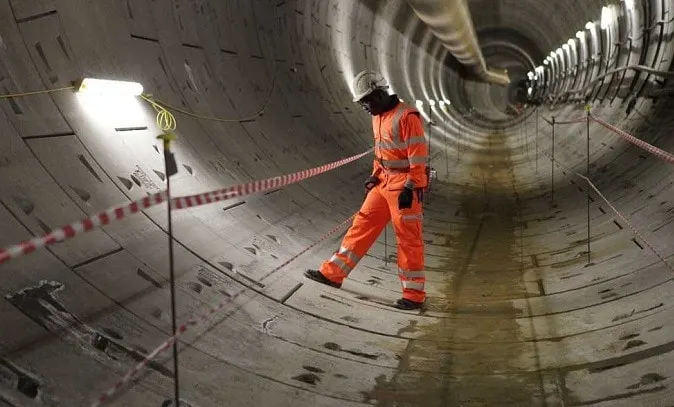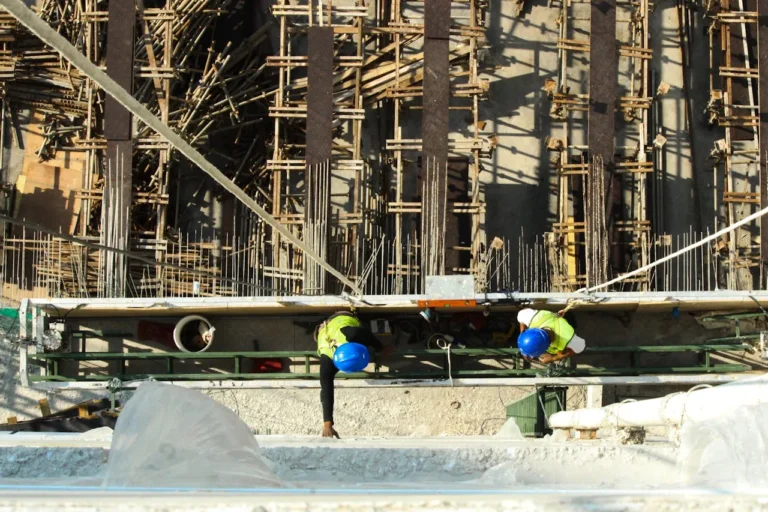
HS2 Milestone: Balfour Beatty VINCI Completes Final Tunnel Breakthrough in Birmingham
Balfour Beatty VINCI marked a major achievement today as its massive tunnel boring machine named Elizabeth, broke through at Washwood Heath in Birmingham—completing the final section of tunnelling on HS2’s Birmingham approach route. This momentous event signifies the end of all major tunnel excavation between Old Oak Common in London and the West Midlands.
Measuring 125 metres in length and weighing 1,600 tonnes, Elizabeth was launched in March 2024 near the Warwickshire village of Water Orton. Over the course of 19 months, she made her way through complex ground conditions beneath the M6 motorway and several key infrastructure points to reach her destination this October.
The breakthrough comes months after an identical TBM, Mary Ann, completed her journey on the parallel tunnel. Together, the two giant machines constructed the 3.5-mile Bromford Tunnel, which will carry high-speed trains under the eastern outskirts of Birmingham. This twin-bore tunnel forms a crucial section of the HS2 Phase One route into the city.
The tunnelling operation was a feat of engineering. Over 1.8 million tonnes of earth—mainly Mercia Mudstone—was excavated and repurposed for landscaping the railway approach to Birmingham. At the same time, the machines installed 5,804 concrete ring segments to form the structural lining of the two tunnels. Each TBM functioned as a self-contained underground factory, continuously excavating, installing tunnel lining, and sealing each ring into place as they advanced at an average rate of 10 metres per day.
Jules Arlaud, Tunnelling Director at Balfour Beatty VINCI, described today’s breakthrough as a landmark achievement for the entire team:
“Today is a historic moment for Balfour Beatty VINCI, as TBM Elizabeth completes her three-and-a-half-mile journey in Washwood Heath. This is our fourth and final TBM breakthrough, delivered by a dedicated team who have worked tirelessly around the clock. A sense of achievement and pride is felt by everyone involved in this enormous effort.”
Arlaud also praised the engineering challenges overcome during the tunnelling process:
“We safely guided Elizabeth through complex and often difficult ground conditions, beneath major infrastructure including the M6, energy networks, and the River Tame—crossing it four times with less than five metres of headroom. This successful outcome is the result of exceptional planning, collaboration, and technical expertise.”
HS2 Ltd’s Construction Delivery Director, Alan Morris, echoed the sentiments:
“This breakthrough marks a major milestone not only for the Birmingham tunnelling team but for the HS2 project as a whole. With all eight tunnel boring machines now having completed their drives between Old Oak Common and Birmingham Curzon Street, our focus turns to completing the internal structures—such as walkways, ventilation shafts, and cross passages.”
I’m incredibly proud of the hard work, determination, and skill demonstrated by the entire team throughout this phase of the project.”
During their journey, both Elizabeth and Mary Ann reached depths of up to 40 metres, navigating critical infrastructure while maintaining accuracy and structural integrity. While the TBMs pushed forward, other teams worked to supply concrete segments, manage excavated material, and begin construction on cross passages and the Castle Vale ventilation shaft.
With the breakthrough now complete, Elizabeth will be carefully dismantled and removed from the tunnel, making way for the next phase of construction. This includes laying base slabs, installing emergency and maintenance walkways, and completing internal concrete finishing works.
Washwood Heath—already a key engineering hub—will now evolve into the operational heart of HS2. It will house the future HS2 Depot and Network Integrated Control Centre, from which the entire high-speed rail network will be managed. The depot will also be responsible for maintaining and storing the new HS2 train fleet.
This site, along with the two new HS2 stations planned for Birmingham and Solihull, forms a vital part of the broader regeneration of the West Midlands. The HS2 investment has already triggered billions in new development projects across the region. Analysts predict these key infrastructure projects could collectively contribute up to £10 billion to the local economy over the next decade.
As Elizabeth completes her journey, Birmingham takes another step closer to becoming a central hub in the UK’s future high-speed rail network.





